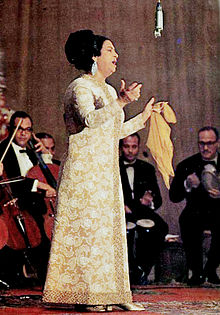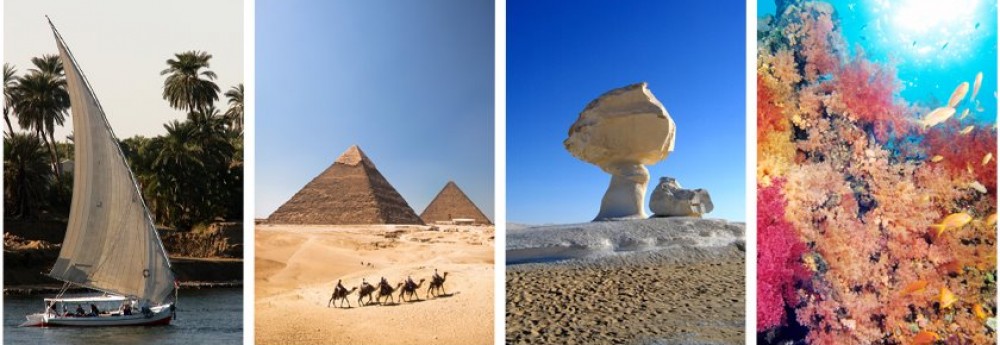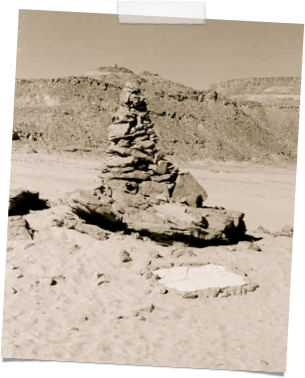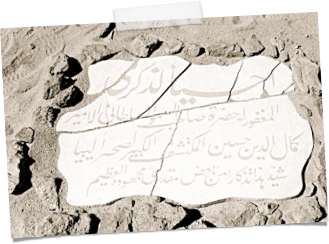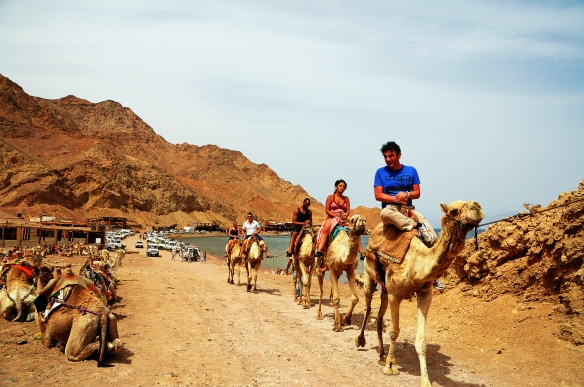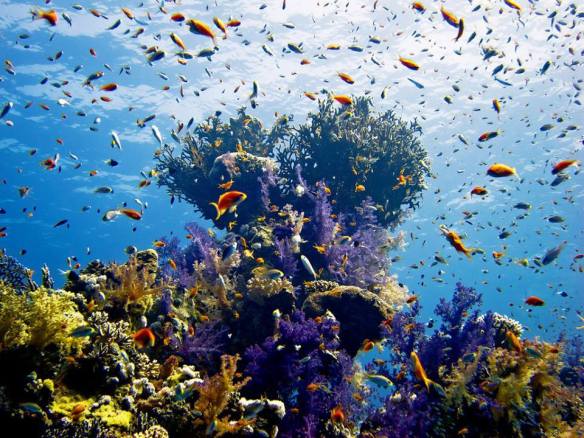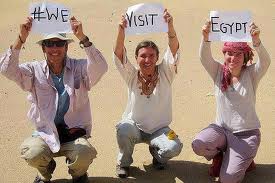13 March 2014 – Arriving Cairo
Overseas participants arrive in Cairo. We will assist with hotel bookings and we will be delighted to assist and organize transfers to the hotels (only hotels listed as participating in Kamal Expedition).
14 March 2014 – Opening ceremony – Flight – Drive heading to Gilf Kebir
We will have a transfer organized from the hotels of our choice to the Kamal Expedition Opening Ceremony which will be held at the Automobile & Touring Club of Egypt in Cairo. You also have the choice of joining us independently at the Club if you wish. After a brunch and the ceremony we will be heading to the Cairo International Airport to catch a charter flight to Dakhla Oasis.
At the airport of Dakhla the packed 4×4 cars will be waiting for us and will bring us to have lunch. Meanwhile the last formalities will be finished with the government to have
a fast start to the desert after lunch. Divided into several groups, the participants will be leaving the Oasis heading south on the Asphalt Road. Leaving the road, our first visit will be the Balise of Saviem Trucks which traversed the entire Sahara from West to East in 1977 (from the Atlantic ocean to the Nile). In the area of G-Hills we will be looking for a camping place. In the evening we will have the chance to listen to an interesting lecture on a chosen topic related to the desert by one of our top speakers.
15 March 2014 – Wadi Eight Bells
After breakfast, we will be continuing in groups crossing different desert landscapes to approach the Gilf El Kebir plateau. We will find some relics from the Second World War: broken down Cars which were used by the British Special Forces, the Long Range Desert Group. We will also cross some dunes to reach the landing ground of 8 Bells where we will set up camps nearby. Like every night we will have the chance to listen to an interesting lecture on the desert by one of our top speakers.
16 March 2014 – Gilf Kebir – Wadi Wassa – Kamal El DIn Monument
We will be traveling through the Wadi Eight Bells to reach the Wadi Wassa and the Rock paintings of the Mararet el Qantara which was found in 1935 by a British explorer group under the leadership of Shaw. From here we will be heading south to the southern tip of the Gilf el Kebir Plateau where Almasy erected the Kamal El Din Monument 81 years ago. Nearby, we will find a set up prepared for the group. It will be on that occasion were all the groups will be gathered together and we would have a longer entertaining program for you that evening including the screening of a documentary film. If you do not feel like attending the screening, you could enjoy the calm evening weather some hundred metres away.
17 March 2014 – Camil Crater
After a late evening, the starting of the groups will be delayed. They will be heading to the south to reach the meteorite crater of Gebel Kamil, where they will be camping nearby. The evening will once again be filled with an interesting topic of one of the speakers.
18 March 2014 – Gebel Uweinat – Karkur Talh
The groups will be heading towards Gebel Uweinat to arrive there after a few kilometers looking for camping places in the Karkur Talh area and will be exploring the different sites of the Gebel Uweinat. In the evening there will be a chance of attending another interesting lecture.
19 March 2014 – Rock cave near Peter & Paul
There will be a chance to have a short hike in the mountain in the morning before heading back north to reach some interesting rock art caves near the mountain of Peter & Paul. In the evening another interesting lecture will be organized.
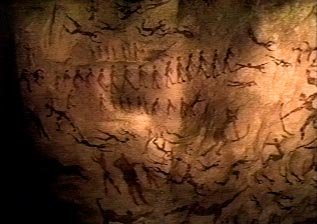
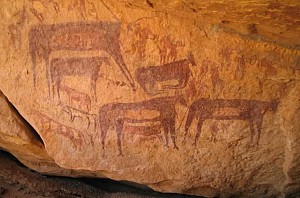
20 March 2014 – Gilf Kebir – Wadi Sura
We will be reaching the area of Wadi Sura (the Cave of Swimmers) which became famous through the 1997 film The English Patient. We will be visiting the Clayton Cave and the Chinati Camp site exploring some rock paintings nearby. Before that, we will have a second gathering in front of the Cave of the Beast. Here all the groups will unite for a second time to watch a short film about the life of the late Egyptian Father of Environment, Prof. Mohammed el Kassas, who died on that day (March 21st) one year ago in Cairo. Through different presentations and a film we will have a second longer night in that area.
21 March 2014 – Gilf Kebir Aqaba Pass
The groups will split up again to move over the Three Castles to the Aqaba Pass to drive on top of the Gilf Kebir Plateau and to cross some dunes which are on top of the plateau. Here we will be looking for different camping areas and have the chance to another interesting lecture.
22 March 2014 – Gilf Kebir – Wadi Hamra
We will reach the higher level of the Plateau and have a nice view at Belle Vue
onto the southern plane. Driving along the edge of the plateau we will reach a passage which will get us to the southern tip of Wadi Hamra. Here, we will be visiting different engraving sites and have a special look at the different Fauna of the Gilf el Kebir area. We will be camping at the northern exit of the Wadi Hamra where each group will get a chance to listen to an interesting lecture.
23 March and 24 March 2014 – Crossing Great Sand Sea
These 2 days we will be crossing the dunes of the Great Sand Sea having exciting passages crossing the dunes from west to east.
25 March 2014 – White Desert
We will be back near the Wadi Obaid and we will be entering the National Park of the White desert. Here a buffet will be waiting for all the participants. The groups will be spread in the National Park and a last evening with lectures will end our evenings in the desert.
26 March 2014 – Cairo – Closing Ceremony in Mena Hous
We will be leaving the White Desert National Park heading back to the road in a northerly direction reaching Baharya Oasis where a lunch will be prepared for everyone. After lunch, a 300 kilometre drive to Gizeh will bring us to the Mena House Hotel at the foot of the Pyramids. After a welcome coffee and cakes, the closing ceremony will be held in the hotel and will include a dinner. The anniversary of the Prince Kamal el Din monument will come to the end of its journey.
for more info visit : http://www.kamalexpedition.com
